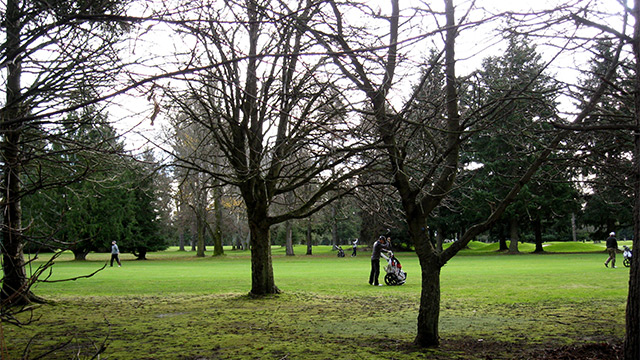

Purpose : To evaluate the clinical results of a combined approach to the treatment of pellucid marginal degeneration, that includes femtolaser-assisted keratotomy, intrastromal lamellar keratoplasty with a use of refractive lenticule and a simultaneous intracorneal ring segment implantation, followed by a local collagen cross-linking. At the moment, there is no unanimity with regards to the optimum surgical treatment of PMD and larger prospective studies will be required to form a more robust algorithm for the surgical approach of PMD individuals whose vision cannot be corrected with spectacles or contact lenses. To date, there are no large prospective interventional studies to elucidate the optimum surgical approach for advanced PMD, only case reports or case series.Ĭonclusion: Eye care practitioners need to be aware of the clinical and topographic findings of this disease, since laser refractive surgery is a contraindication.

Management of PMD includes the use of contact lenses, spectacles and a wide range of surgical techniques with variable results. PMD patients are at risk of corneal perforation after minimal ocular trauma or even spontaneously. It mainly affects the inferior cornea and induces against the rule irregular corneal astigmatism. Results: PMD is a rare ectatic disorder of the cornea that may resemble keratoconus especially at the early stages. Materials and Methods: Literature review via PubMed, Mendeley, Scopus and Google Scholar. Purpose: To describe the clinical features of Pellucid Marginal Degeneration (PMD) and to give an overview of current treatment options. Combined treatments and improved screening could eliminate the need for surgical management in most cases of PMD.

Corneal collagen cross-linking is especially exciting because it halts disease progression. Combining treatments such as ICRS, CXL, toric PIOL implantation, and refractive surgery is promising, but additional studies are needed to investigate their efficacy and safety.Īlthough little is understood about the etiology, pathophysiology, epidemiology, and genetics of PMD, new treatments are improving visual outcomes and reducing complications. CXL demonstrates effectiveness without complications, although data are limited and long-term results are needed. ICRS implantation can delay penetrating keratoplasty and improve contact lens tolerance, but does not treat the underlying process. Toric PIOL implantation is effective, but ectasia progression is a concern. Crescentic lamellar keratoplasty and TILK are effective, but technically difficult and without long-term results. CLWR is effective, but lacks long-term results. FTCWR has good visual outcomes, but with significant astigmatic drift. DALK provides visual outcomes similar to penetrating keratoplasty without the risk of immune-mediated graft rejection, but its complexity and relative novelty limit its acceptance.

Penetrating keratoplasty is the treatment of last resort in PMD and is effective, but with considerable complications. Reported data for each treatment is presented. This is the first review article looking at the literature specific to PMD. To review and evaluate current and future directions in the diagnosis and surgical management of pellucid marginal degeneration (PMD), including penetrating keratoplasty, full-thickness crescentic wedge resection (FTCWR), deep anterior lamellar keratoplasty (DALK), crescentic lamellar wedge resection (CLWR), crescentic lamellar keratoplasty, tuck-in lamellar keratoplasty (TILK), toric phakic intraocular lens (PIOL) implantation, intrastromal corneal ring segment implantation (ICRS), corneal collagen cross-linking (CXL), and combined therapies.


 0 kommentar(er)
0 kommentar(er)
